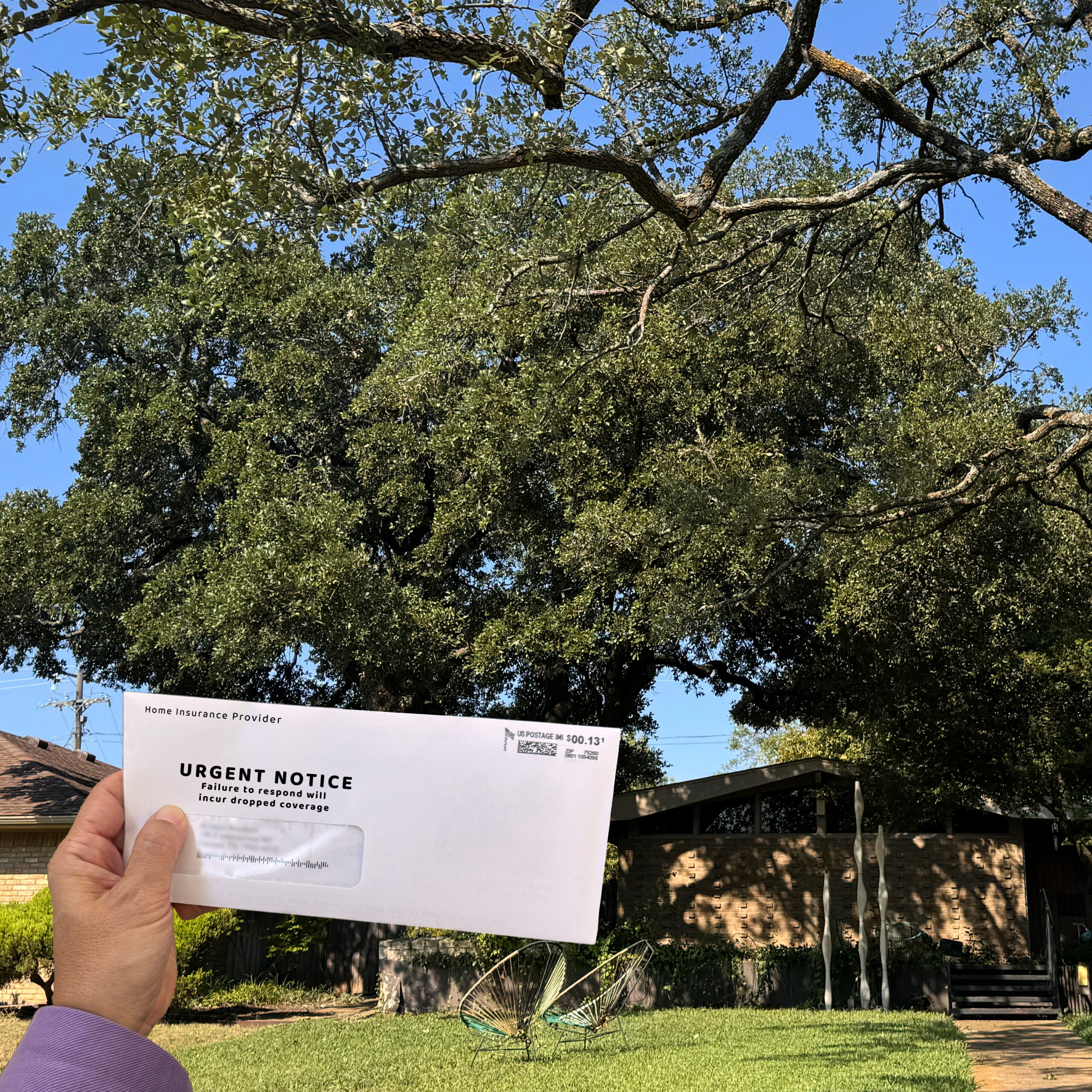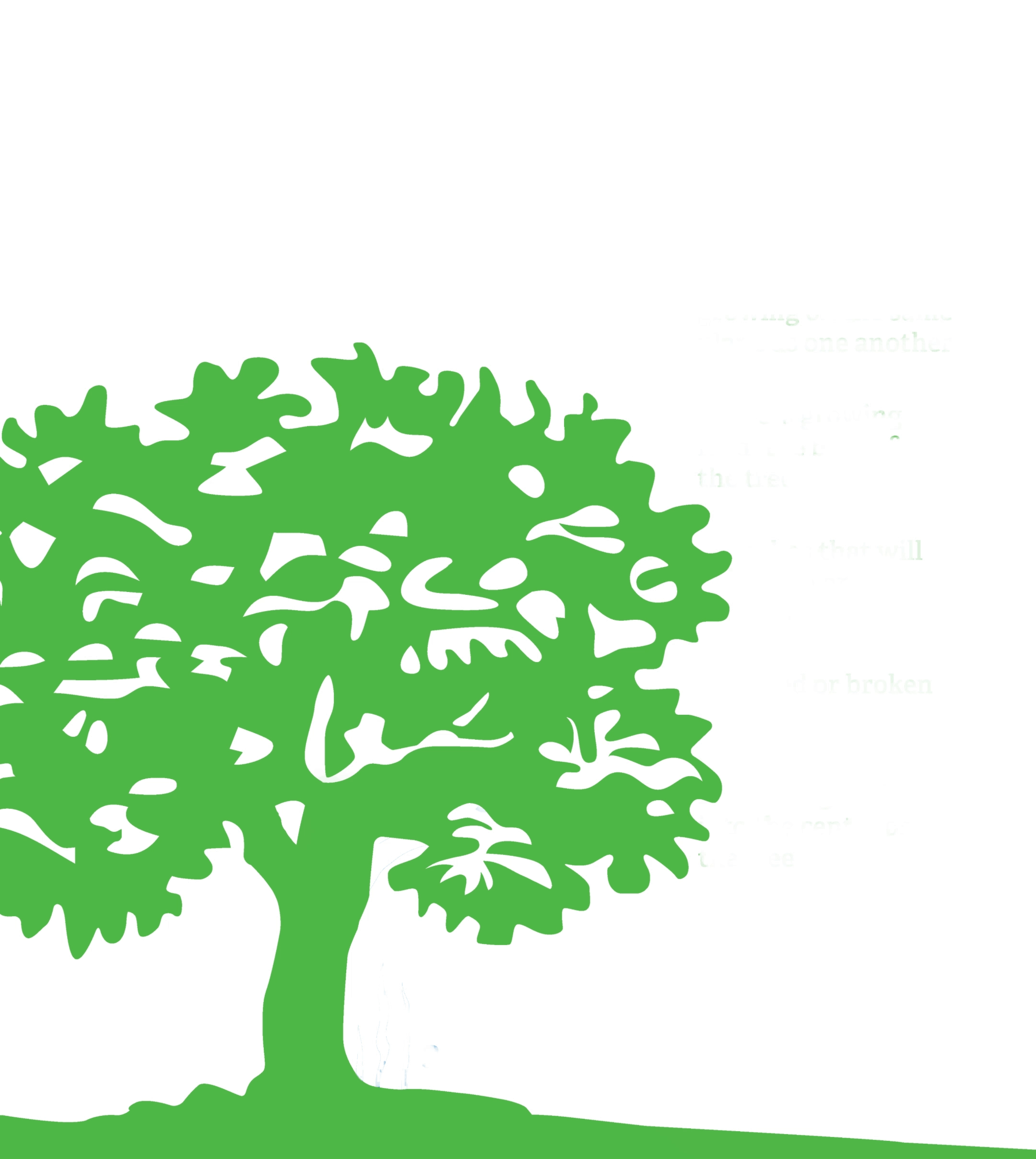Is There a Difference Between Tree Trimming, Tree Cutting, and Tree Pruning?

When people talk about tree care, they can use different words to talk about the same thing. You may hear “trim,” “prune,” or “cut,” just as you may hear “limb” or “branch.” At Texas Tree Surgeons, we are often asked the difference between a branch and a limb, or between tree pruning and tree cutting. Unfortunately, there is no industry standard definition for many common terms, and that can cause confusion.
A NOTE
If you visit our Facebook page, you may notice that we are categorized as a “tree cutting” business. In other places, we may be listed as “landscaping services.” Unfortunately, because there is no universal standard term for what we do, we have to find the best fit under the circumstances. At Texas Tree Surgeons, we use the term “tree trimming” to refer to the work we do.
Proper Tree Trimming Is the Key to Healthy Trees

Proper tree trimming should remove any dead or broken branches, raise the canopy and thin the crown, to allow light and air to pass freely through the tree.
Trees are living organisms, and every cut that’s made on a tree has long-term effects. Additionally, every tree is unique and has different needs dictated by its environment and history. A heavy trim may have no adverse effects on a large, healthy tree, but a tree that is under pre-existing stress or has a potential for health issues might be irreparably damaged by removing too much canopy. Furthermore, safety and stability issues may restrict the amount and type of trimming that can be performed. It is important when trimming trees to take all of these factors into account, as well as to be mindful of the weather and seasons. Improperly trimming a tree at the wrong type of year can lead to severe decline and death.
While there are no universal standards for tree trimming, there are two sets of guidelines for the tree service industry that we at Texas Tree Surgeons follow. The first is from the International Society of Arboriculture, or ISA. The ISA is the premier international credentialing and membership organization for the tree care industry. In addition to establishing the Certified Arborist and Board Certified Master Arborist credentials, the ISA provides a wealth of resources for tree owners. The ISA guide to tree trimming (they use the term “pruning”) covers the basics of how to properly maintain mature trees. In addition to the ISA, the Tree Care Industry Association (TCIA) oversees tree service providers in the United States. In collaboration with the American National Safety Institute (ANSI), the TCIA has developed comprehensive guidelines for tree care and management. These guidelines provide the basis for all of our work proposals and trimming. Adherence to these guidelines is the best way to care for trees of all kinds, and all our certified arborists are equipped to assess individual trees and determine the best — and healthiest — way to care for them.
Trimming visible growth is only part of tree care. Without a proper understanding of what’s happening below the ground and underneath the bark, a beautiful trim is of little use. Certified Arborists are trained to spot the signs of environmental stressors, diseases, and insects. Poor drainage and soil condition, competition with turf grass, and proximity to structures can all affect a tree’s growth. Beyond just trimming a tree, certified arborists are able to evaluate the tree holistically in order to provide the best care possible.
Whether It’s “Tree Trimming” or “Tree Cutting,” Cheaper Isn’t Always Better
Most neighborhoods, especially after storms, will see tree trimmers going door-to-door soliciting work. While it may seem easier, and is often cheaper, to hire these crews for tree work, it is important to consider the long-term costs and complications. Tree trimmers with only a small crew and one truck may have lower overhead, but they may also have insufficient insurance to cover any incidents. Furthermore, these crews may not have the training or experience to properly trim trees. We have seen numerous large trees “lion-tailed,” or even “topped,” with all the canopy removed! While the trees may recover, they are forever changed. Professional arborists know the proper way to trim and thin trees for light, without leaving stubbed limbs and unstable trunks.
Many people are surprised that a proper and healthy tree trim often removes less than they expect. According to established guidelines, it is best to remove no more than 25% of the visible canopy. A regular trim may only remove as little as 15%, removing mostly interior growth. In addition to being more precise, proper trims may take longer or be more labor-intensive, accounting for cost differences. Some companies use terms like “Level 1” or “Level 2” trim; these terms are not universal. If you don’t understand what something means, ask! At Texas Tree Surgeons, we are always happy to explain the details of our work, and your arborist is always available, before, during, and after the job is done.

“Topping” a tree, or removing all visible canopy, does serious harm to the natural growth of the tree and can cause long-lasting damage.
Ultimately, what is important is the tree care itself, not what it is called. To give your trees the best chance to grow and thrive, look for tree trimming companies that employ certified arborists. If you have any doubts, ask for their certification number, or look for the arborist’s name on the ISA website. A properly-trained arborist should never recommend topping or lion-tailing, and should take proper precautions during oak wilt season (February-July). Never be afraid to get a second opinion. Give us a call anytime, and we are happy to have a certified arborist come out and discuss what work needs to be done and provide a free quote!
At Texas Tree Surgeons, we love trees and we love our customers, and we believe that educating our community lays the best foundation for caring for our urban forest. If you have any tree questions don’t hesitate to get in touch!
Related Blogs
Similar blogs related to this topic


Facts About Home Insurance & Trees
It’s becoming way too common, especially in Texas, homeowners receiving a threatening letter from their insurance company to drastically remove all tree limbs over a structure to prevent them from falling onto the house. Don’t…
Read more
How Often Should You Trim Your Trees?
Tree trimming is a crucial part of maintaining a healthy, safe, and beautiful yard. But how often should you really be trimming your trees? We’ll explore the ideal trimming schedule for your trees and why…
Read more

What is Prescription Pruning Qualification?
Prescription Pruning Qualification is vital for anyone involved in the care and maintenance of trees, ensuring they are pruned correctly and sustainably. This qualification is built from the years of research from industry leaders such…
Read more
